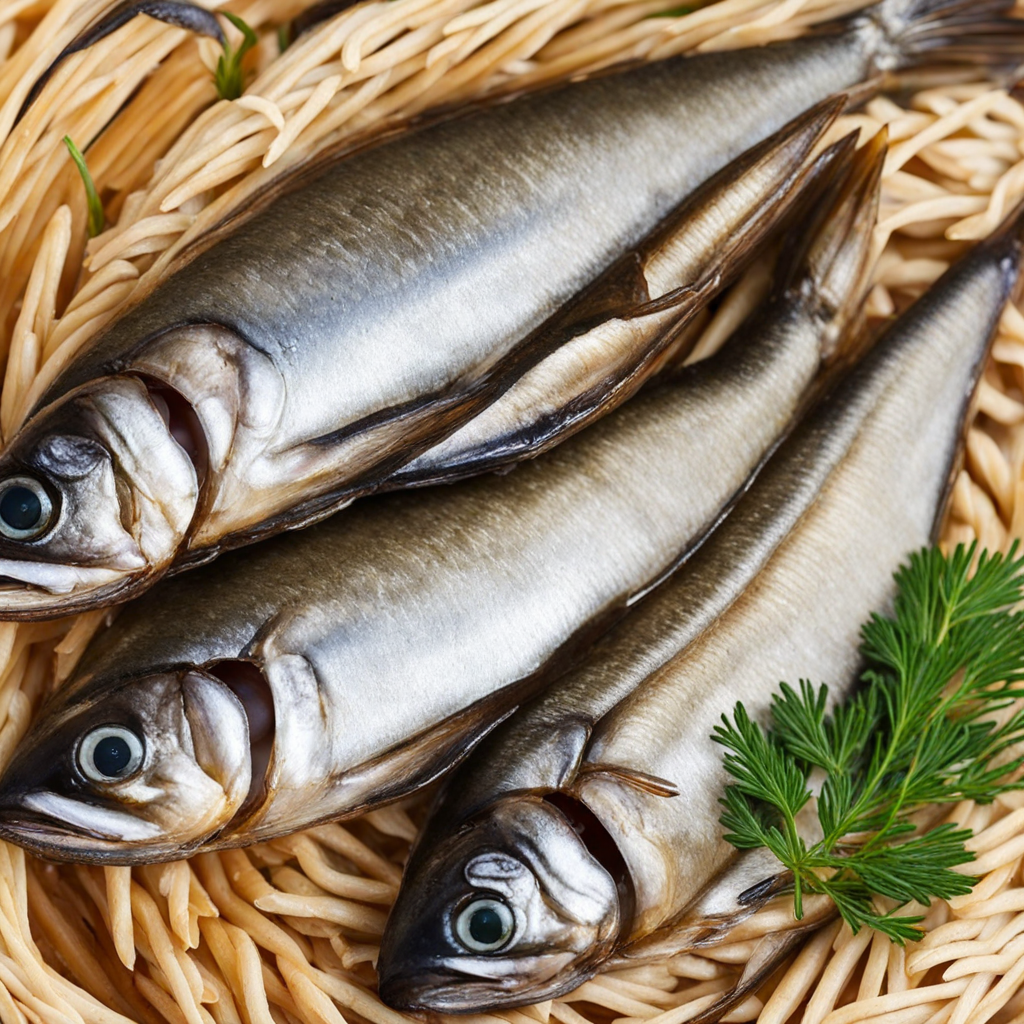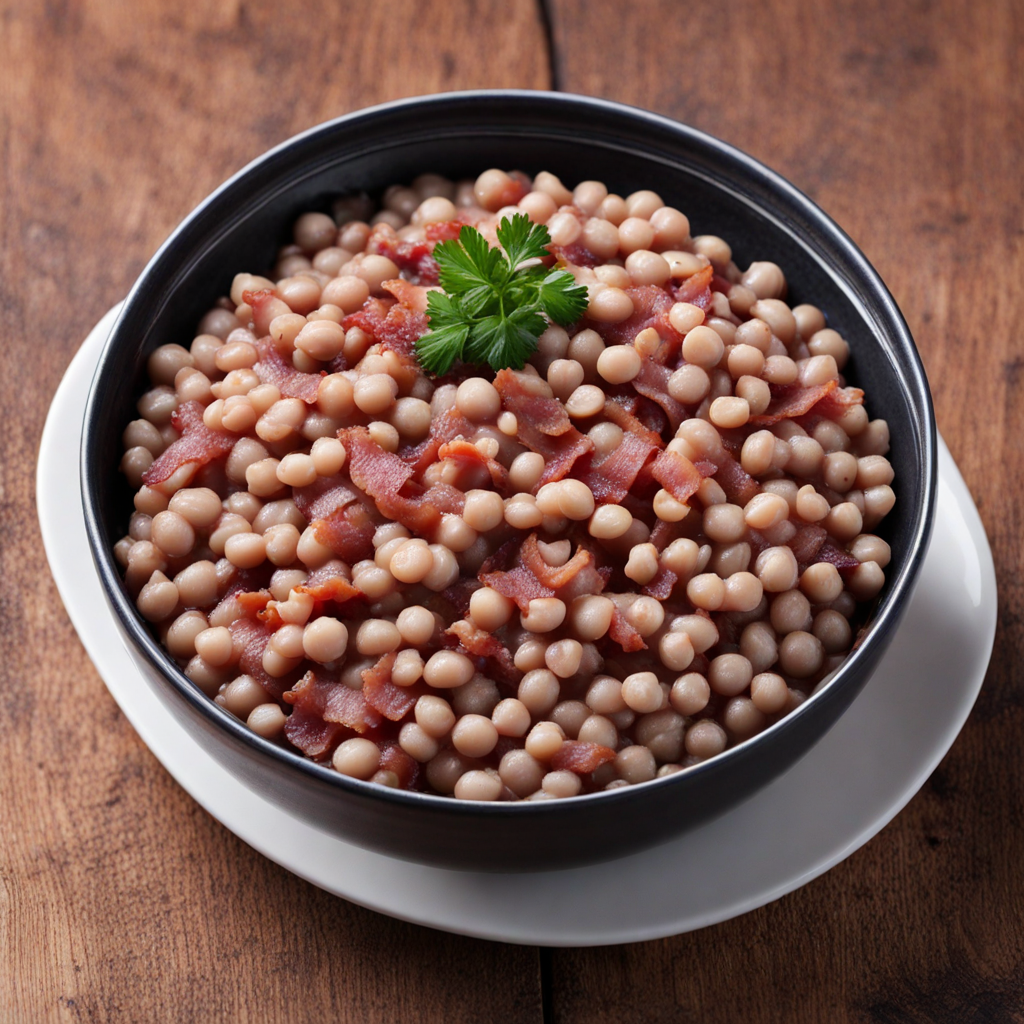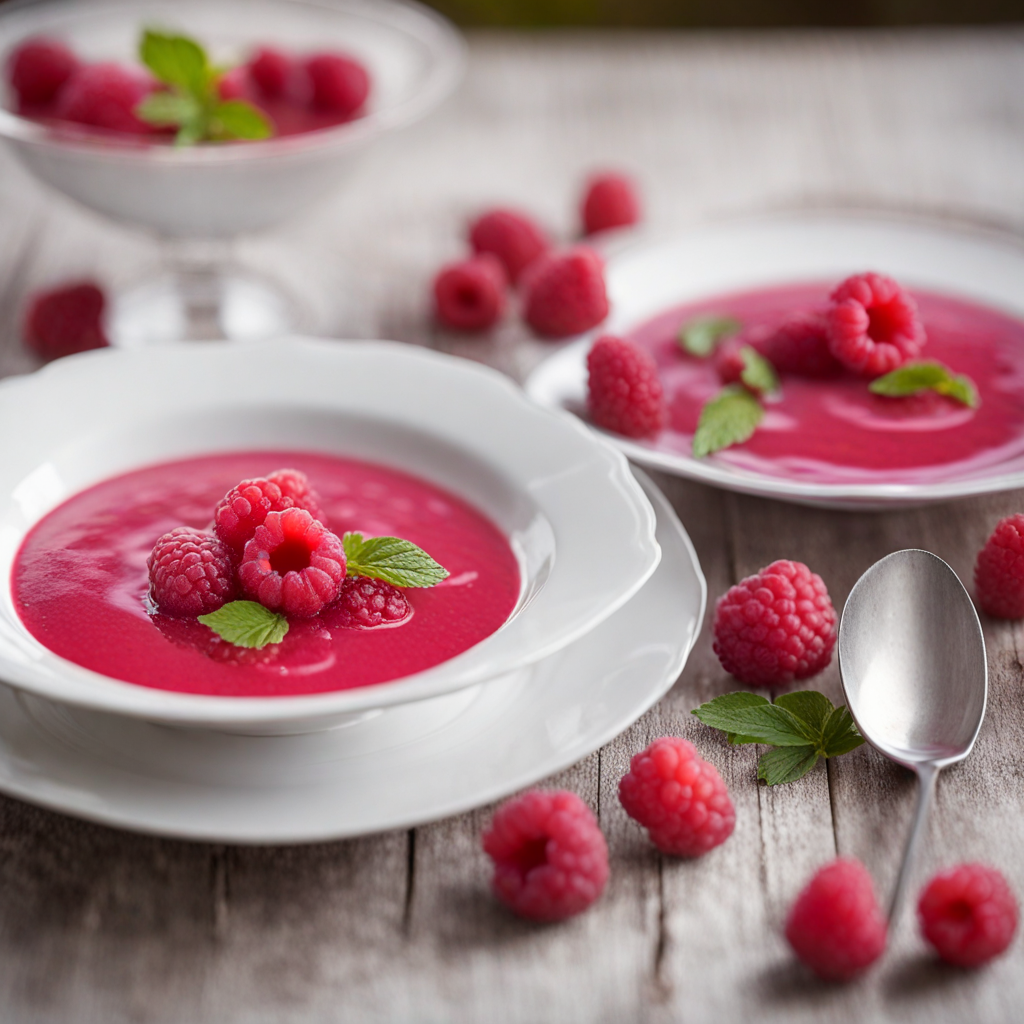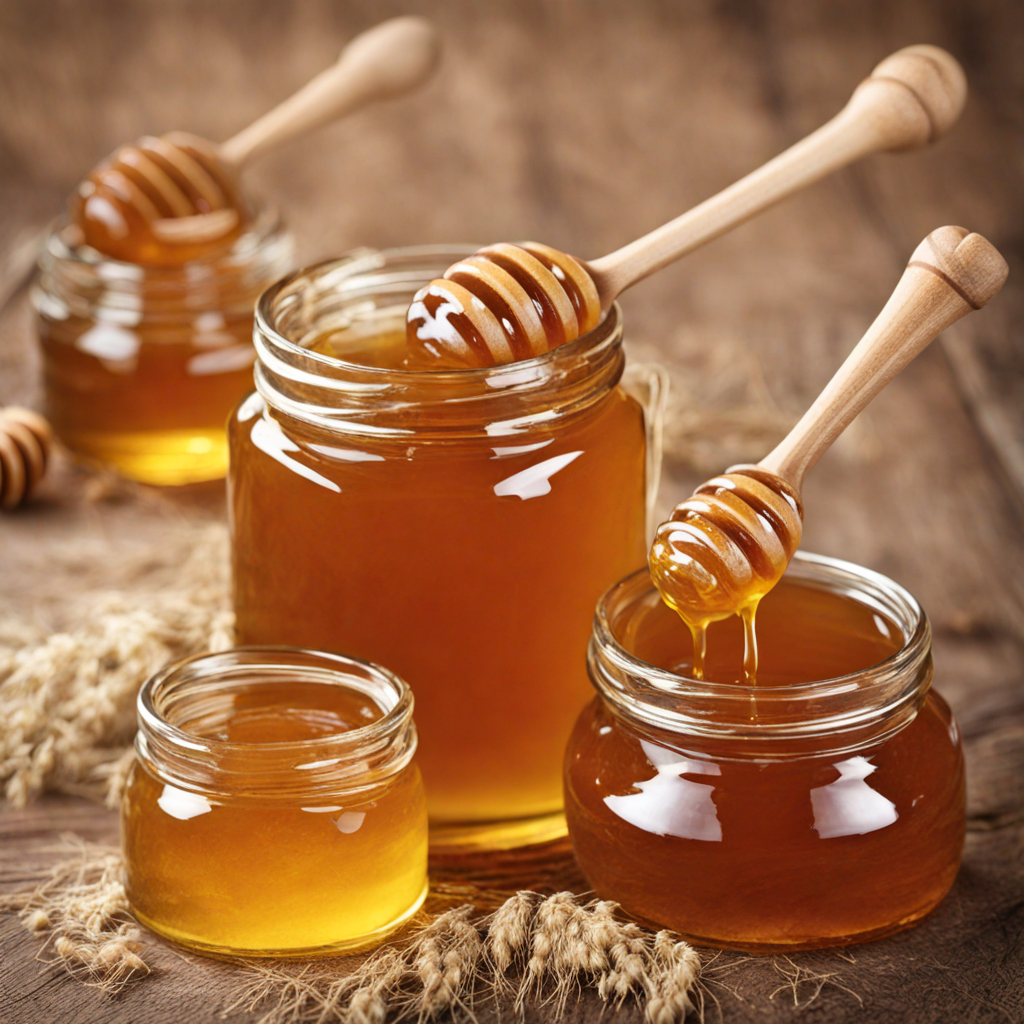Baltic Sprats
Baltic Sprats are small, oily fish, typically herring or sprat, that are a cherished delicacy in Latvia and the broader Baltic region. These fish are usually prepared by smoking or canning, which enhances their rich, savory flavor and gives them a distinctive, smoky aroma. Their delicate texture and umami taste make them a versatile ingredient, perfect for a variety of dishes or enjoyed straight from the can as a snack. The fish are often packed in oil or brine, preserving their moisture and flavor, and making them an easy addition to any meal. These sprats can be served on crisp rye bread, a staple in Latvian cuisine, topped with a dollop of sour cream or a sprinkle of fresh herbs for an authentic experience. They also pair beautifully with pickled vegetables, which balance the richness of the fish. In addition to traditional preparations, Baltic Sprats can be incorporated into salads, pasta dishes, or even used as a flavorful topping for pizzas, allowing adventurous eaters to explore their unique taste in various culinary contexts. The charm of Baltic Sprats lies not only in their flavor but also in their cultural significance. They evoke memories of family gatherings and festive occasions in Latvia, where they are often enjoyed with a glass of local beer or vodka. Their ability to transport you to the Baltic coast with each bite makes them a unique tasting experience that embodies the essence of Latvian food culture. Discovering Baltic Sprats is a delightful journey into the heart of Latvia’s culinary heritage, inviting food lovers to savor the sea's bounty in a truly authentic way.
How It Became This Dish
Origin of Baltijas Sprats Baltijas sprats, or Baltic sprats, refers to a traditional Latvian delicacy made primarily from small fish, particularly sprats, which are a type of herring. The roots of this culinary specialty can be traced back to the coastal regions of Latvia, where fishing has been a fundamental part of the local economy and culture for centuries. The abundance of fish in the Baltic Sea provided an ideal environment for the development of various preservation methods, particularly smoking and canning, which became popular in the 19th century. The practice of smoking fish is not unique to Latvia; however, it is the specific techniques and local recipes that have contributed to the unique flavor profile of Baltijas sprats. Traditionally, sprats were caught during the fishing season and preserved using methods that enhanced their natural flavors, leading to a product that was both nutrient-dense and long-lasting. The canning of sprats became particularly prominent in the late 19th and early 20th centuries, coinciding with advances in technology and the establishment of canning factories along the Latvian coast. Cultural Significance Baltijas sprats hold a special place in Latvian culture, symbolizing not only the country’s rich fishing heritage but also its resilience and adaptability. The fish is often associated with local traditions and celebrations, serving as a popular appetizer during festive occasions, family gatherings, and national holidays. The dish is not only a testament to Latvia’s culinary skills but also a reflection of its history and identity. In addition to being a beloved food item, Baltijas sprats are often used in traditional Latvian recipes, such as sprat salads or sandwiches, where they are paired with rye bread, onions, and various condiments. These combinations highlight the importance of local ingredients and showcase the creativity of Latvian home cooks. Over the years, the sprats have also become a popular souvenir for tourists, encapsulating the flavors of Latvia in a can and serving as a tangible reminder of the country’s gastronomic heritage. Development Through the Ages The development of Baltijas sprats has been influenced by various historical events, including Latvia's struggles for independence and the impact of Soviet occupation. During the Soviet era, the canning industry in Latvia expanded significantly, with state-owned enterprises producing large quantities of Baltijas sprats for domestic consumption and export. This period saw the rise of several brands, making sprats a staple in many households across the Soviet Union. However, the quality of the product varied, and many consumers began to appreciate the traditional methods of preparation. After Latvia regained independence in 1991, there was a resurgence of interest in artisanal and high-quality food products, including Baltijas sprats. Small-scale producers began to emerge, focusing on traditional smoking techniques and sustainable fishing practices. This shift not only revitalized the local economy but also reinforced the cultural significance of the dish, as people sought to reconnect with their culinary heritage. Modern-Day Baltijas Sprats Today, Baltijas sprats continue to be a beloved staple in Latvian cuisine, celebrated for their unique flavor and nutritional benefits. They are rich in omega-3 fatty acids, vitamin D, and protein, making them a healthy choice for consumers. The modern market for Baltijas sprats has also expanded beyond Latvia, with exports reaching various countries around the world. Artisanal producers have gained recognition for their commitment to quality, often using traditional methods in small batches to ensure that each can of sprats maintains the authentic taste that has been cherished for generations. Moreover, the resurgence of interest in local and sustainable food practices has led to a renewed appreciation for Baltijas sprats. Food enthusiasts and chefs are experimenting with new ways to incorporate sprats into contemporary dishes, showcasing their versatility. From gourmet sprat-infused spreads to innovative appetizers, the traditional fish is finding its place in modern culinary trends while still paying homage to its roots. Conclusion In summary, Baltijas sprats represent a rich tapestry of Latvian history, culture, and culinary tradition. From their origins in the fishing communities along the Baltic Sea to their status as a beloved national dish, these sprats encapsulate the resilience and creativity of the Latvian people. As the world continues to embrace local and sustainable food practices, Baltijas sprats stand as a testament to the enduring significance of traditional foods and their ability to connect us to our heritage. Through their unique flavors and cultural importance, Baltijas sprats will undoubtedly continue to play a vital role in the culinary landscape of Latvia for years to come.
You may like
Discover local flavors from Latvia







